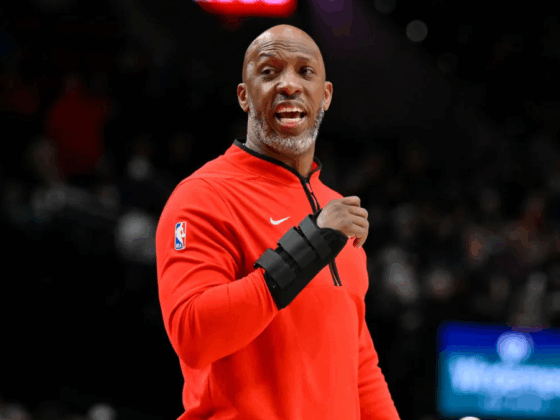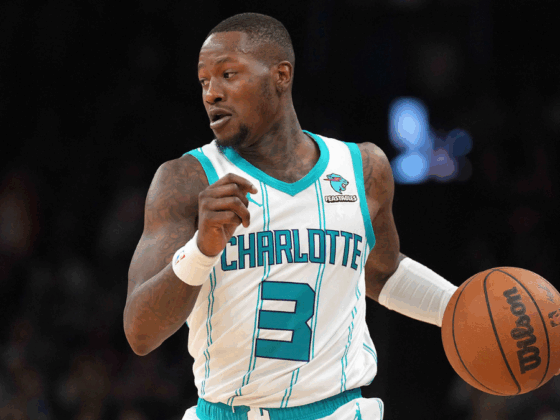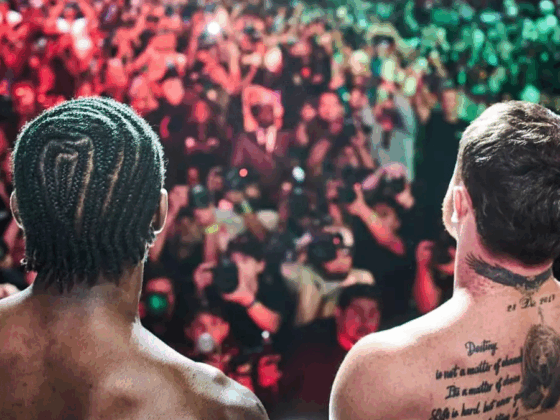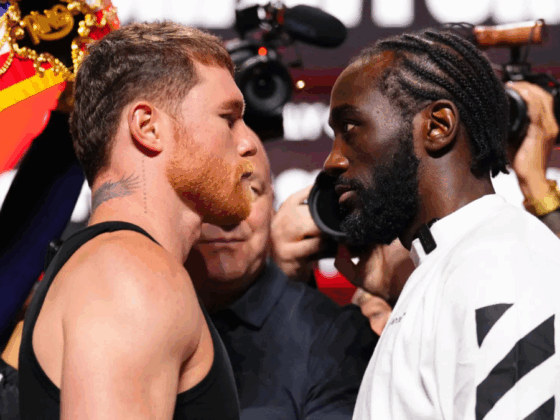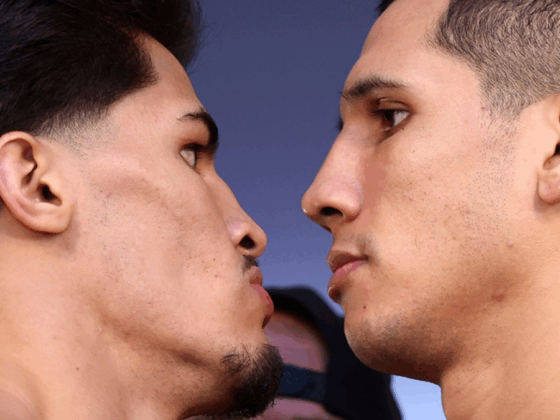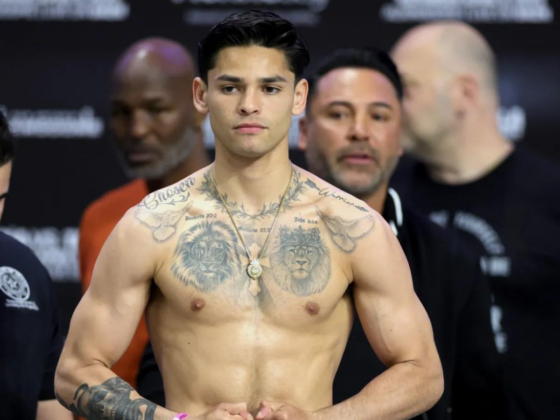
It has been approximately six months since the NBA first approved the sale of jersey ads for teams. The ads cannot be implemented until 2017-18 (when the new Nike uniform deal begins) but expectations were that teams would quickly sell off the small ad space.
But half a year since the approval has passed and only two teams have actually come to agreements. The Philadelphia 76ers were the first team to sell ads, coming to terms with StubHub for $15 million over three years. Just recently, the Kings sold their own ad space to Blue Diamond Almonds for the same price.
It’s certainly a large sum of money for two of the less successful current franchises. But it’s hard to accurately analyze how good of a deal it is with such a lack of a jersey ad market.
That lack of a market is one of the huge issues surrounding jersey sales. With no set values to use for comparison, teams are unable to decide what fair value is with potential sponsors.
Following from Darren Rovell of ESPN:
The biggest factor is market value. Teams’ top marketing executives are under pressure to create value for something that doesn’t have an established market — at least not in the U.S. Their nightmare scenario would include rushing to make a deal before other teams sign more lucrative ones. In other words, no team wants to be sold short.
So what happens? Teams are waiting and hoping the early deals develop a lucrative market. They’re tentative even though it’s understood the revenues will vary wildly.
The 76ers’ three-year deal with StubHub was announced at $15 million. Future values will be dependent on market size, marquee-player value and team success. The Golden State Warriors are looking for as much as $65 million for the 2½-by-2½-inch patch on its jersey for three years, while sources say the Cleveland Cavaliers are looking for something closer to $50 million. The Brooklyn Nets are looking for half that ($25 million), we’re told.
That’s a huge difference between what the Warriors want and what the Sixers and Kings got. That makes sense, but a suitor will find it difficult to pay that much money when the current market, or lack thereof, looks much cheaper.
Teams are also finding issues in their jersey ad sales due to other factors.
From Rovell:
The next issue is complexity. Some product categories can’t be touched in these ads: alcohol and gambling outfits, media content providers, and competitors of sports equipment company Spalding or watchmaker Tissot.
Individual teams also have other business partners that need to be satisfied: the players and local TV networks.
Players get 50 percent share of the deal, so they don’t have to worry about the cut. But sources say some teams don’t want to create a situation in which a top player has an endorsement with a competitor of the company on their patch or one in which players make deals with a competitor after the team’s patch is sold — devaluing the whole proposition.
At least one team, we’re told, has spoken to player representatives and is seeking to offer the top players in a package that includes their endorsement with the patch deal. Another wants to make sure the patch isn’t just a way to avoid advertising on local TV and is asking the uniform ad company to also buy ads on other media.
That’s a lot of complexities that have to be figured out between each party. It doesn’t mean that things cannot be figured out, of course; there’s simply too much money to be made for that to happen. It just means that it may be a while before we see more teams come to terms for a jersey ad.

